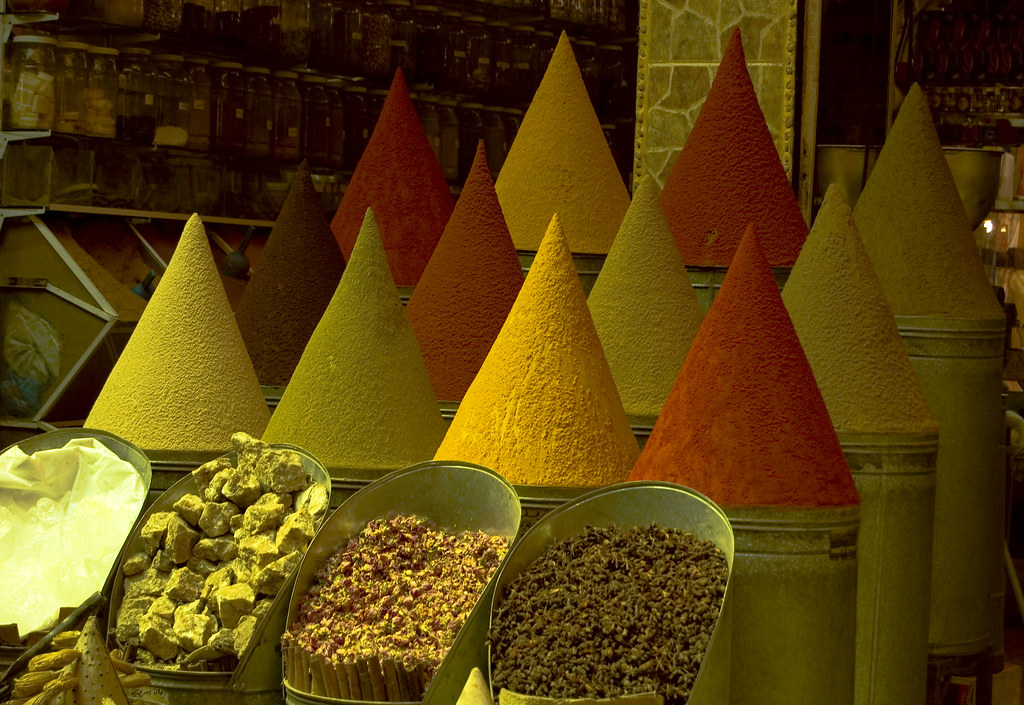
We’ve all got those everyday items that we barely give a second thought to—the salt shaker on the table, the mirror we glance into each morning, or that comforting cup of coffee that kicks off the day. It’s hard to imagine our lives without these seemingly simple necessities, isn’t it? Yet, rewind the clock just a few centuries, and you’d find yourself in a world where these very same items were considered the ultimate symbols of wealth and power, prized possessions reserved exclusively for the elite.
Think about that for a moment: objects we now use without a second thought were once the stuff of dreams for the average person, visible only in the lavish homes of royalty or the most affluent. This fascinating historical twist reveals how drastically our understanding of “luxury” has shifted over time. What was once a pinnacle of extravagance, a mark of true affluence, has steadily morphed into a basic, assumed part of our modern lives.
Thanks to incredible advancements in production, transportation, and sheer human ingenuity, the seemingly insurmountable barriers to these coveted goods eventually crumbled. The journey from exclusive privilege to universal accessibility is a captivating one, offering a unique glimpse into the ever-evolving dynamics of wealth, status, and everyday living. Join us as we uncover the astonishing stories behind 14 simple items that were once grand luxuries of the wealthy elite.

1. **Salt**Let’s kick things off with perhaps the most ancient and fundamental “luxury” on our list: plain old salt. Today, it sits in shakers on every dining table, an indispensable seasoning that hardly warrants a glance. But in ancient Rome, this humble crystal was anything but common; it held such immense value that it actually functioned as a form of currency. Imagine paying for your groceries with a handful of salt!
This wasn’t just a quirk of the Roman economy; it was a testament to how incredibly difficult it was to obtain salt in significant quantities. Before modern mining and processing techniques, acquiring this essential mineral was a labor-intensive endeavor, often involving arduous journeys or complex evaporation methods. Its scarcity made it a prized commodity, far more precious than many of us could ever conceive today.
Consequently, salt became an exclusive luxury, entirely reserved for the wealthy elite. It wasn’t merely about flavor; it was about preservation, about survival, and ultimately, about status. To have access to abundant salt was a clear indicator of immense riches, a stark contrast to its ubiquitous presence in every pantry across the globe today. The journey of salt from ancient Roman currency to a basic pantry staple truly underscores how dramatically our world has changed.
Read more about: Unlocking Gold: A Deep Dive into the 13 Most Advanced Training Facilities Powering US Olympic Dreams
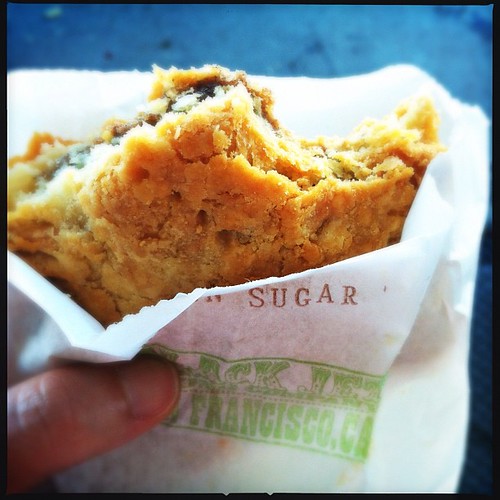
2. **Sugar**Next up, let’s talk about something sweet: sugar. It’s difficult to picture a world where this everyday sweetener was a rare and expensive commodity, isn’t it? Yet, in medieval Europe, that was precisely the case. This sweet substance was an exclusive pleasure, enjoyed only by the noble classes, who relished its exotic taste.
Its immense value meant sugar was treated like actual treasure, often “locked away like treasure and used sparingly,” as the context reveals. People stored it in locked boxes, only to be brought out for special occasions. It was brought from tropical regions at great price throughout the Middle Ages, cementing its status as a luxury that only the nobles could afford. In fact, it earned the nickname “white gold,” highlighting its preciousness.
European aristocrats, ever keen to flaunt their affluence, took their sugar consumption to artistic extremes. They would offer intricately crafted sugar sculptures, known as “subtleties,” at lavish banquets, essentially allowing their guests to “practically eat their money.” These elaborate creations weren’t just desserts; they were dazzling statements of wealth and power during the 16th and 17th centuries.
The context points out that “wealthy individuals often showcased their sugar collections as a status symbol.” This high demand for what was then an exotic import eventually “led to the establishment of plantations,” which, while making sugar more accessible, also “dramatically altered economies and lifestyles.” Today, sugar is an unthinking staple in almost every household, a testament to its incredible journey from a guarded treasure to a common delight.
Read more about: 15 Mind-Blowing Animal Facts You Absolutely Won’t Believe

3. **Ice**Imagine a world where a simple ice cube was a sign of immense wealth. Before the advent of modern refrigeration, that frosty reality was indeed the case. Ice was an extraordinary luxury, particularly in warm climates, making its presence a clear indicator of someone with serious cash.
In those pre-freezer days, obtaining ice was a monumental undertaking. It involved harvesting natural ice in the dead of winter, often from frozen lakes or rivers, and then carefully storing it in specialized ice houses. Only the wealthy could afford the immense logistical challenge and cost of both transporting and storing this precious commodity year-round.
History is dotted with fascinating examples of this icy extravagance. “Rich Romans,” for instance, went to extraordinary lengths, having “snow brought down from the mountains and kept in pits lined with straw” just to enjoy a touch of cool. Fast forward to the 19th century, and the burgeoning industry of “ice kings” saw fortunes amassed by “harvesting winter ice from northern lakes and transporting it all over the world.”
The ability to produce or even simply possess ice meant that treats like “ice cream or iced drinks were a sign of high prosperity.” It’s truly remarkable to think about how this once-valuable item, a true mark of luxury, is now something most of us can get with a simple press of a button from our freezer’s ice machine, a convenience we “hardly realize” is creating a former treasure.
Read more about: Olympic Disgrace: Unpacking 6 Doping Scandals That Stripped Athletes of Their Hard-Won Medals

4. **Coffee**For many of us, the day simply doesn’t begin until we’ve had our first cup of coffee. This ubiquitous beverage, available at every corner and in every home, has a surprisingly posh past. When coffee “first arrived in Europe in the 1600s,” it was far from a casual morning routine; it was an “exotic and expensive drink.”
Imagine a world where your local coffee shop was an exclusive club for the ultra-rich. That’s essentially what early “Coffee houses were exclusive gathering places for the rich and influential.” These establishments weren’t just places to grab a quick brew; they were social hubs where the elite discussed politics, business, and philosophy, all while sipping their costly concoction.
The context explicitly states that “once, this beloved beverage was considered a luxury for the elite.” It was “rare and expensive,” strictly “reserved for the wealthy.” Even “gourmet blends and specialty brewing methods were exclusive to affluent households,” underscoring the stark class divide in enjoying what we now consider a basic pleasure.
Thankfully, the days of coffee being a luxury item are long behind us. Today, “coffee is readily available at any grocery store or café,” offering an incredible variety of options “from basic grounds to premium beans.” It’s a remarkable transformation for a drink that was once a symbol of the highest social standing, now fueling billions worldwide.
Read more about: True Gold: 13 Iconic Dramas Worth Adding to Your Rewatch List
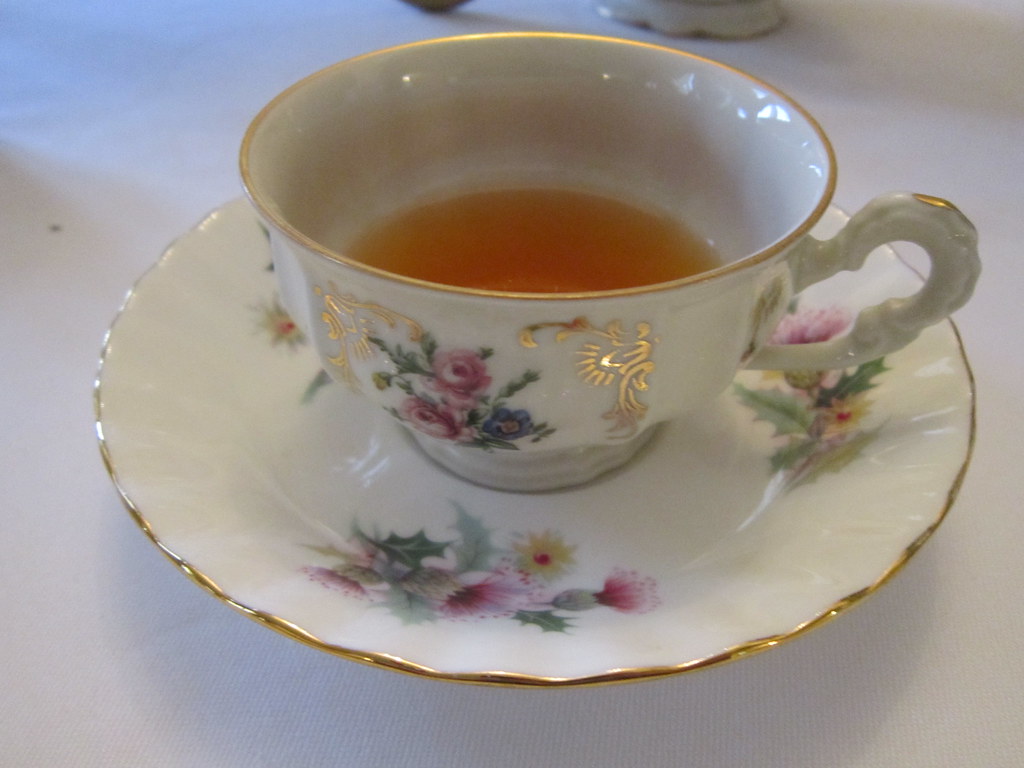
5. **Tea**From coffee to its equally popular counterpart, tea also boasts a history steeped in luxury. For centuries, this simple brew, now found in countless kitchen cabinets, was a powerful status symbol. In “18th-century Britain,” tea was “a highly prized import from China,” signifying wealth and sophistication for those who could afford it.
The value of tea leaves was so extraordinary that they were often treated with the utmost security. The context mentions that tea “was kept in locked tea caddies to prevent theft,” and ladies would famously “keep their tea leaves in locked caddies.” This wasn’t merely a precaution; it was a reflection of the incredible cost, with 17th-century tea from China costing “hundreds of dollars per pound in modern currency.”
As tea grew in popularity among the affluent, it gave rise to elaborate social rituals. “The custom of afternoon tea evolved as a means for the wealthy to show off their exquisite silver and porcelain,” transforming the act of drinking tea into a grand performance of opulence. Consequently, “tea sets became significant status symbols,” elaborate displays of fine craftsmanship and economic power.
The economic impact of tea was profound, extending far beyond fashionable drawing-rooms. The context reveals that “The British Empire was built in part because of the East India Company’s monopoly on tea.” This humble leaf, once a guarded treasure, played a pivotal role in global commerce and colonial expansion, a truly astounding backstory for our daily cuppa.
Read more about: Olympic Disgrace: Unpacking 6 Doping Scandals That Stripped Athletes of Their Hard-Won Medals
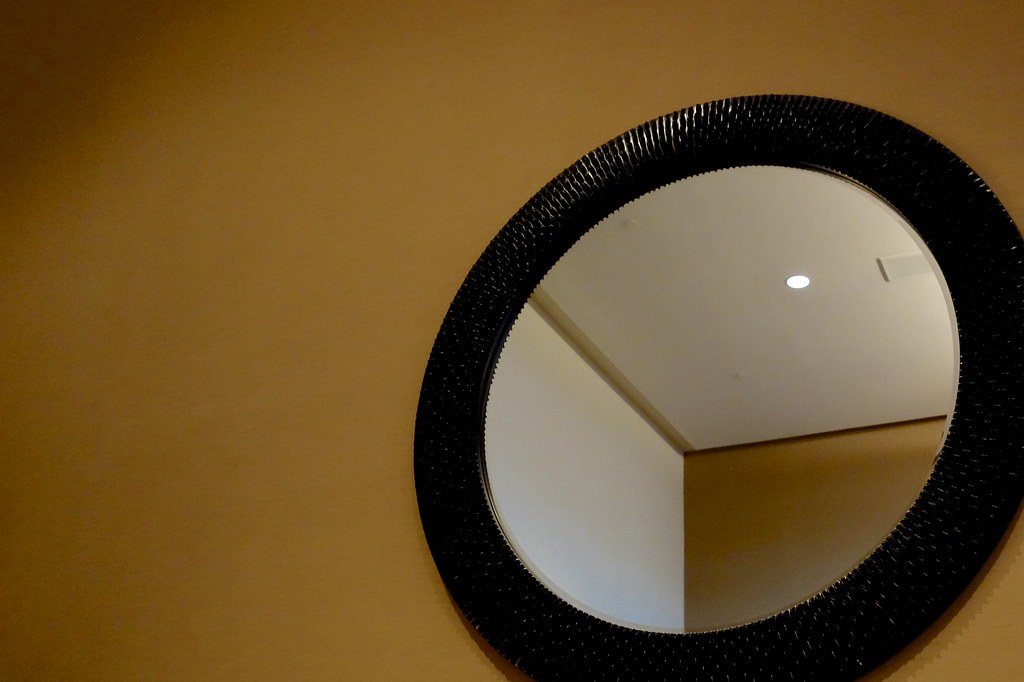
6. **Mirrors**We live in a world of endless reflections—from phone screens to shop windows, mirrors are everywhere. Yet, there was a time when catching a clear glimpse of oneself was a luxury reserved for the truly opulent. Today’s “clear, flawless mirrors we casually check ourselves in daily” were once “rare treasures,” a far cry from their common existence now.
Early attempts at creating reflective surfaces, such as “mirrors made of polished metal or obsidian,” only “provided only blurry reflections.” The real breakthrough came during the Renaissance, particularly in Venice, where “Glassmaking technology was so advanced… that mirrors were considered a luxury.” This was due to Venetian glassmakers perfecting “the technique of coating glass with a tin-mercury amalgam in the 16th century.”
The result? Stunningly clear mirrors that became “outrageously expensive status symbols.” “Owning one was a sign of immense wealth,” a bold declaration of one’s affluence. The context further illustrates this by stating that “A single large mirror could cost the equivalent of a nobleman’s yearly income.” Imagine paying an entire year’s salary just to see your reflection!
This incredible cost made mirrors symbols of prestige, adorning only the grandest halls and private chambers of the elite. The journey from a blurred glint on polished metal to a perfect reflection costing a fortune, and then to a commonplace item in every bathroom, is a brilliant reflection of technological progress and changing societal values.
Read more about: The Architectures of Safety: Dissecting 14 Landmark Vehicle Features for a Secure Future
7. **Spices**Take a moment to glance at your spice rack. Those jars of pepper, cinnamon, and cloves are kitchen essentials, aren’t they? It might surprise you to learn that these “common spices” were once so coveted that they were “more valuable than gold.” Their rarity and exotic origins made them incredibly precious.
The historical significance of spices cannot be overstated; they literally shaped empires and spurred exploration. The context vividly recounts that “Wars were even fought over control of the spice trade,” highlighting the immense economic and geopolitical power these aromatic treasures held. In medieval Europe, spices weren’t just for cooking; they were a form of wealth.
Consider pepper, for instance. This everyday kitchen staple “was once worth its weight in gold.” In medieval Europe, “Pepper was so valuable that it was used as currency, could pay taxes, and was even included in dowries.” The control over these valuable commodities was a closely guarded secret, with “Arab merchants” dominating the trade and maintaining “astronomical prices” by keeping their sources hidden. The relentless “pursuit of pepper and other spices actually motivated much of European exploration during the Age of Discovery,” completely reshaping the world map.
Beyond everyday seasoning, specific spices held legendary status. Nutmeg, for example, was so important that “the Dutch thought it would be beneficial to transfer Manhattan to the British in exchange for a little island in Indonesia that produced nutmeg.” And then there’s saffron, often hailed as “the world’s most expensive spice.” Historically, “it was seen as a luxury, treasured for its unique flavor and vibrant color,” sought after by royalty for cooking, medicine, and even dyeing fabrics.
European nobility “lavishly spiced” their food, not just for taste, but “to show off their affluence.” The ability to procure and use these exotic flavors was a clear sign of immense wealth and status. Today, while some spices like saffron still command a higher price, the vast majority are readily available, democratizing the flavors that once defined the tables of kings.
Read more about: Seriously, Where Did They Go? 14 Classic Desserts That Totally Vanished From Our Tables
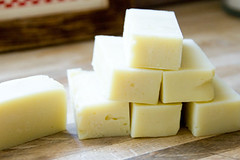
8. **Soap**Today, soap is an absolute given, a mundane item found in every bathroom and kitchen, essential for hygiene and daily life. It’s hard to imagine a time when this bubbly cleanser was anything but universal. Yet, rewind to the Middle Ages, and you’d find soap was a costly commodity, primarily reserved for the privileged aristocrats who could afford such an indulgence.
For the vast majority of people during this era, personal hygiene was a vastly different affair. The concept of regular bathing, as we understand it, was a rare practice, often seen as an unnecessary luxury or even a health risk in some circles. The expense of soap contributed significantly to this reality, making thorough cleansing an infrequent occurrence for the common person.
This historical scarcity paints a vivid picture of how drastically our living standards have improved. From being an exclusive aristocratic preserve, a mark of true affluence, soap has now become a universally accessible necessity, an unthinking staple in homes across the globe. It’s a fundamental part of public health and personal comfort, a far cry from its medieval status.
So, the next time you effortlessly reach for a bar of soap, take a moment to ponder its incredible journey from a princely possession to a humble household essential. It’s a testament to how innovations, and simply shifting societal priorities, can transform an unattainable luxury into an assumed part of our modern, cleaner lives.
Read more about: Legacies Etched in Time: Remembering Famous Black Celebrities Who Succumbed to HIV/AIDS

9. **Aluminum**When you think of aluminum today, your mind likely conjures images of soda cans, cooking foil, or perhaps lightweight aircraft parts – incredibly common, incredibly useful, and decidedly affordable. But tucked away in the annals of history lies a truly astonishing fact: in the 19th century, this versatile metal was actually rarer and more valuable than gold. Imagine that!
The reason for aluminum’s former prestige was its extreme difficulty in extraction. Back in the 1800s, scientists and metallurgists struggled immensely to isolate pure aluminum from its ore, making the process both complex and astronomically expensive. This scarcity elevated aluminum to an almost mythical status, a metal fit only for the most esteemed individuals.
A prime example of this opulent past is Napoleon III of France, who, ever the connoisseur of luxury, reportedly possessed an entire cutlery set made of aluminum, which he reserved exclusively for his most honored guests. While lesser mortals, including other high-ranking attendees, had to make do with gold or silver utensils, Napoleon’s inner circle dined with the ultimate symbol of cutting-edge wealth. The pinnacle of this era’s aluminum adoration was perhaps the Washington Monument, topped with a pyramid of aluminum in 1884, a clear declaration of its preciousness as a metal.
It wasn’t until mass production methods were finally developed that aluminum’s fortunes began to shift. This pivotal breakthrough drastically reduced the cost and difficulty of extraction, transforming it from an imperial indulgence into one of the most common and indispensable metals on Earth. Today, its ubiquity makes Napoleon III’s dinnerware seem almost quaint, highlighting a monumental shift in material value.
Read more about: Unearthing the Mustang’s Hidden History: 14 Surprising Facts Even Die-Hard Fans Might Not Know
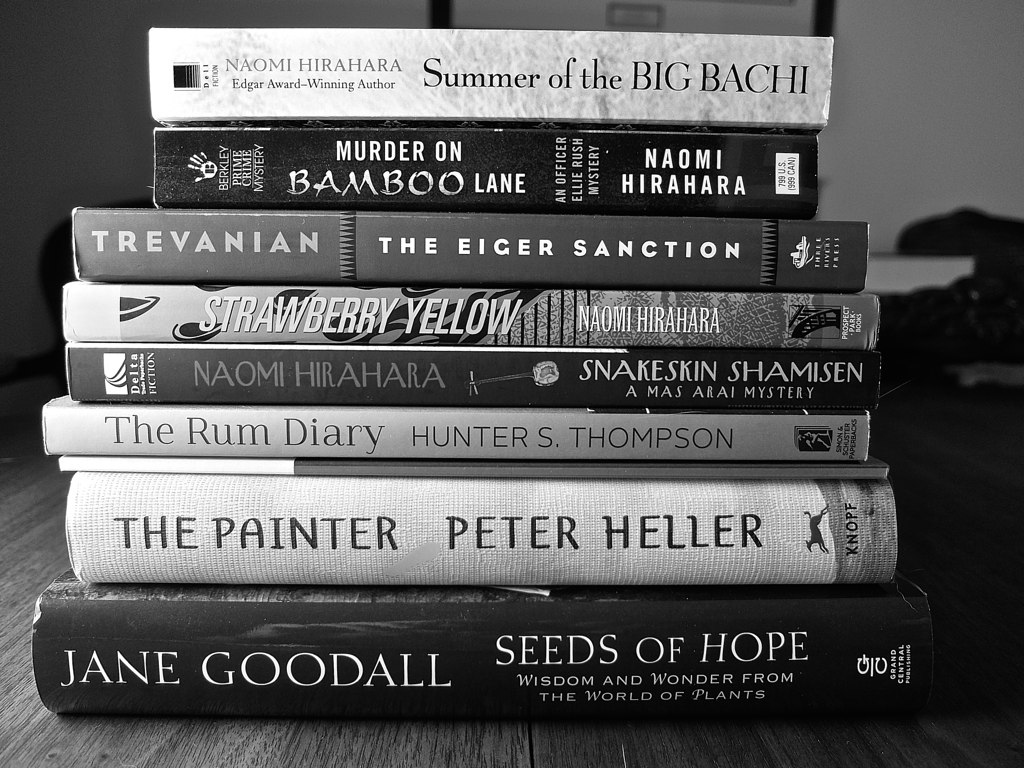
10. **Books**Before the revolutionary advent of the printing press, the world of literature and knowledge was an almost exclusively elite domain, and books themselves were objects of extraordinary luxury. Forget popping down to your local bookstore; in those days, each book was a painstakingly hand-copied masterpiece, an incredibly expensive endeavor that made owning one a clear mark of immense wealth or a dedicated religious institution.
The creation of a single manuscript was a monumental undertaking, often consuming years of a scribe’s life. These precious tomes were then bound in equally pricey materials, making their final cost astronomical—sometimes equivalent to the value of a small farm! Such was their worth that libraries, far from being open-access havens, often went to the extraordinary length of tethering their priceless books to shelves to deter theft, underscoring their irreplaceable value.
In an age where literacy itself was largely a privilege reserved for the clergy and the upper echelons of society, access to books was a powerful gatekeeper. The mere ability to read, let alone possess such a rare item, signified an individual’s elevated status and connection to intellectual circles that were far removed from the daily lives of most people.
The printing press, a relatively new development in human history, fundamentally shattered these barriers. By enabling the mass production of texts, it dramatically reduced costs, revolutionized both education and society, and democratized knowledge in a way that was previously unimaginable. Today, the sheer abundance of books is a testament to this incredible transformation, making the written word accessible to virtually everyone.
Read more about: Olympic Disgrace: Unpacking 6 Doping Scandals That Stripped Athletes of Their Hard-Won Medals
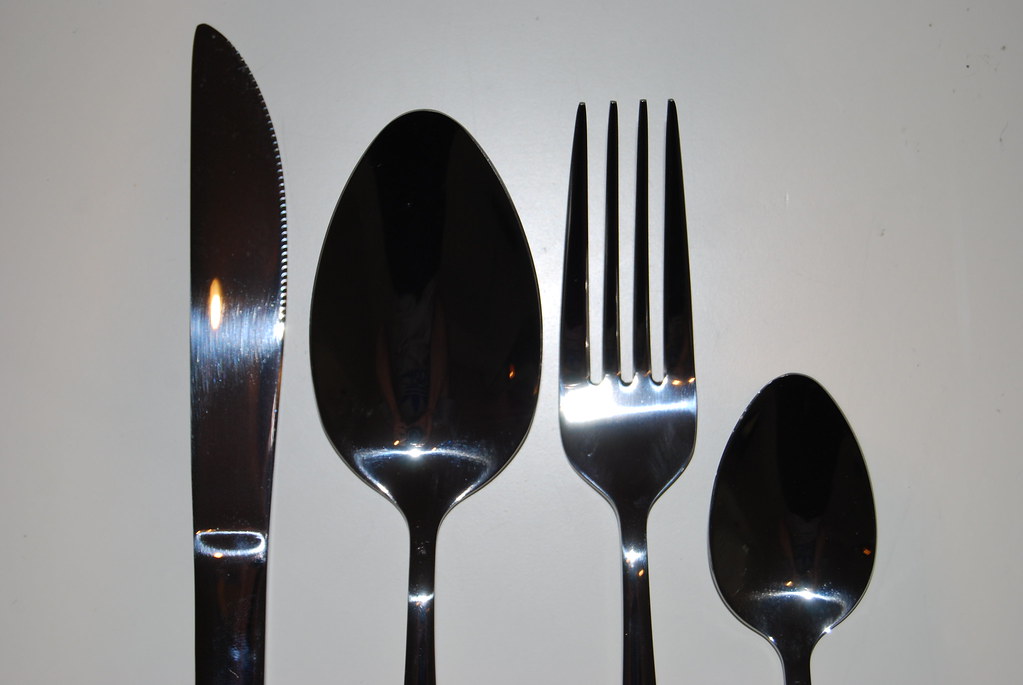
11. **Forks**Today, the humble fork is an indispensable utensil, a silent hero of almost every meal, making its way effortlessly from plate to mouth. But surprisingly, for centuries, this seemingly simple eating tool was considered an oddity, even an extravagance, and was largely dismissed as unnecessary by the majority of people across Europe, especially during the Middle Ages.
In a world where most folks ate directly with their hands, or perhaps with the aid of a knife for cutting and a spoon for liquids, the idea of a multi-tined instrument for spearing food seemed rather peculiar. It was often viewed with suspicion, dismissed as an affectation, or even criticized for being overly delicate and effeminate, a stark contrast to the robust simplicity of eating by hand.
Consequently, the fork’s early adoption was almost exclusively confined to the tables of royalty and the most affluent aristocrats, particularly in parts of Italy where its use gradually gained acceptance. To wield a fork was to make a subtle but unmistakable declaration of one’s high status, refined tastes, and a willingness to embrace novel, if initially controversial, dining etiquette.
It took centuries for the fork to shed its luxurious, sometimes derided, image and become the ubiquitous item it is today. Its journey from a royal curiosity to a standard piece of cutlery in every household perfectly illustrates how cultural norms and perceptions of utility can evolve, transforming an object of exclusive privilege into an everyday essential.
Read more about: From Bold Concepts to Banned Relics: Unpacking 14 Bicycle Innovations That Rode the Line Between Genius and Gaffe

12. **Glass Windows**Imagine your home without the clarity and light of glass windows. It’s almost unthinkable, isn’t it? Yet, in medieval Europe, the presence of glass in window openings was an extraordinary luxury, a clear and shimmering indicator of immense wealth and power. Such transparent panes were almost exclusively found adorning the grandest castles, majestic cathedrals, and the most opulent homes of the era’s elite.
For the vast majority of common folk, the notion of gazing out through a sheet of clear glass was simply a dream. Their dwellings were a world away from such extravagance, relying instead on much more rudimentary and less illuminating solutions. Most homes made do with simple wooden shutters, which offered protection from the elements but plunged interiors into darkness, or perhaps translucent animal hides, which let in only a dim, diffused light.
The intricate process of glassmaking was highly specialized and expensive, making large, clear panes a precious commodity. Each piece was a testament to skilled craftsmanship and significant cost, reinforcing its status as an item reserved for those who could truly afford to transform their living spaces with such a radiant display of affluence and technological prowess.
Today, glass windows are a fundamental component of virtually every building, from towering skyscrapers to cozy cottages, a testament to centuries of innovation in manufacturing and dramatic reductions in cost. What was once a shimmering symbol of exclusive privilege has now become a standard feature, allowing light and views into every corner of our lives, an everyday marvel we rarely pause to appreciate.
Read more about: 11 Genius Hacks to Keep Your Car from Turning into a Pizza Oven This Summer

13. **Toothpaste**Our morning ritual of squeezing a dollop of toothpaste onto a brush and ensuring fresh breath is so ingrained, it feels timeless. But modern toothpaste, as we know it, is a relatively recent innovation, and its origins were far from humble. Before its 19th-century debut, people worldwide employed a rather eclectic and often abrasive array of methods to clean their teeth, a stark contrast to our minty-fresh routines.
Ancient civilizations, ever resourceful, concocted various remedies for oral hygiene. Historical records and archaeological finds suggest the use of everything from pulverized charcoal, known for its abrasive and absorbent qualities, to crushed shells, which provided a gritty texture for scrubbing. Even ashes from burnt plants were utilized, mixed with honey or other binding agents, showcasing a wide range of natural, albeit rudimentary, dental practices.
When modern toothpaste finally emerged in the 19th century, with its more refined ingredients and pleasant formulations, it was initially a luxury item. Its novelty, effectiveness, and convenience placed it beyond the reach of the average person, making it a sophisticated choice for those who could afford the latest in personal care innovation.
Today, however, the oral care aisle at any grocery store is a dazzling display of choices, offering everything from whitening formulas to sensitivity relief, all at accessible price points. Toothpaste has transcended its luxury beginnings to become a global essential, an integral part of maintaining health and confidence for billions, showcasing a remarkable journey from exclusive innovation to daily necessity.
Read more about: 13 Ingenious Household Hacks to Make Your Car’s Interior Look Brand New

14. **Running Water**Imagine a life where the simple act of turning a tap for fresh, clean water in your home was nothing short of a miracle, an unimaginable luxury beyond the wildest dreams of most. For centuries, and even up until the late 19th century, this was the reality; only the wealthiest households enjoyed the convenience and health benefits of indoor plumbing and a steady supply of running water.
Before widespread municipal water systems and advanced plumbing, obtaining water was often a daily chore, involving trips to public wells, rivers, or cisterns. For the elite who yearned for domestic convenience, the installation of “toilets with running water” and other indoor plumbing fixtures was a monumental undertaking, requiring significant financial outlay for complex engineering and skilled labor. These sophisticated plumbing works were a rarity, earmarked for those who could pay the exorbitant sums.
To have such an amenity was not merely about comfort; it was a profound declaration of status, a visible manifestation of immense affluence that set one’s home apart from the vast majority. It spoke volumes about a household’s resources, its ability to harness cutting-edge technology, and its commitment to a level of cleanliness and ease that was simply unattainable for others.
Today, we live in a world where almost every home boasts the luxury of toilets with running water and accessible taps, a basic provision that has become so ubiquitous that we hardly give it a second thought. This incredible transformation from an exclusive privilege to an assumed necessity underscores one of humanity’s greatest public health and convenience achievements, truly democratizing a resource once reserved for kings.
Read more about: Unlocking Gold: A Deep Dive into the 13 Most Advanced Training Facilities Powering US Olympic Dreams
The incredible journey of these seemingly simple items, from guarded treasures to everyday essentials, offers a profound reflection on human ingenuity and societal progress. Innovations in technology, dramatic shifts in transportation, and the relentless march of manufacturing have collectively worked to democratize access to goods and comforts once exclusively reserved for the elite. It’s a powerful reminder that what we casually use today might have represented unimaginable wealth just a few centuries ago—a transformation truly worth appreciating the next time you encounter one of these former pinnacles of luxury.

